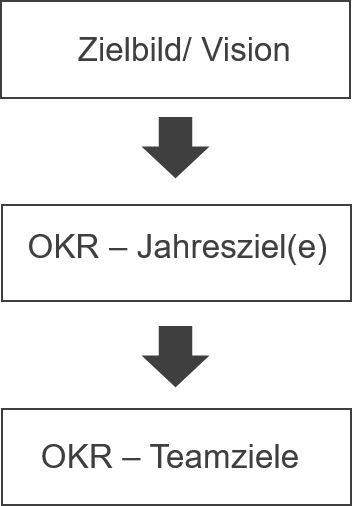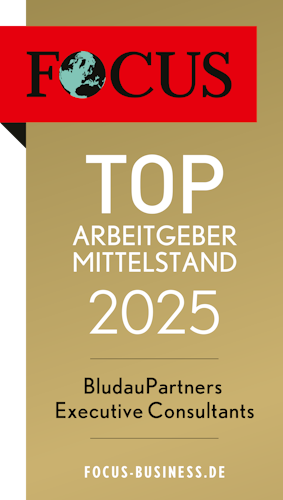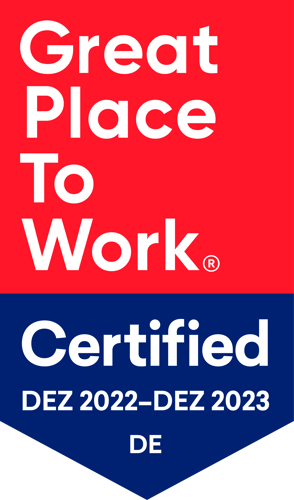HOW CAN COMPANIES BE MANAGED IN UNCERTAIN AND CONTROL DYNAMIC TIMES?
Even before the current corona pandemic, there was talk that the current and future challenges for companies and thus also for employees can be characterised by the acronym VUKA.
This acronym stands for a corporate environment characterised by high volatility (changeability), uncertainty, complexity and ambiguity (ambiguity) with regard to technological, political and also economic developments. This requires managers and organizations to be increasingly flexible and agile.
THE MODELS AT A GLANCE
In the current situation, many companies are confronted with the changes outlined above and must now urgently master them effectively in order to remain viable. Three different scenarios and models are currently being discussed for the post-Corona period:
- Optimistic scenario (V-model): This variant assumes that the economy will recover as quickly as it collapsed. The growth graph resembles the letter "V".
- Realistic scenario (U model): The graph of this variant resembles a bathtub, i.e. after a rapid economic slump the curve flattens out in the sediment. A return to the growth path costs energy and requires great effort.
- Pessimistic scenario (L-Model): In this worst-case scenario, the growth curve remains flat after an economic slump. For the time being, there is no sign of an economic recovery in the short term.

Regardless of which of the three scenarios becomes reality, it remains a challenging situation for companies and their employees. As dialogue and work with our clients as well as science shows, in times of high dynamics, uncertainty and change, orientation, clarity in terms of focus, transparency, coordination and participation as well as appreciation are central needs of employees. Practical experience shows that the further development and adaptation of corporate and leadership culture is critical for success in such transformation processes.
Furthermore, it can be seen that the currently frequently used management processes and instruments, such as the annual goal and budget process or annual employee and goal agreement meetings, are often not (yet) adapted to the requirements of a dynamic context. Under these highly dynamic conditions, rigid and fixed targets are only of limited use and helpful. If the framework conditions for action and action are constantly changing, "success" must also be defined and measured differently and, above all, more flexibly.
THE "OBJECTIVE & KEY RESULTS" CONCEPT
A possible approach to this is, for example, "Objectives & Key Results" (OKR). The "O" in OKR stands for Objectives and the "KR" for Key Results. The central idea of the method: A company, but also departments and individual employees set themselves five goals for each quarter - each with no more than four core results.
OKR can be defined as follows: "Objectives & Key Results (OKR) is an agile framework/ and continuous process for critical thinking, designed to ensure that employees work together more motivated, effectively and efficiently, stay focused and make measurable contributions to developing the organisation towards the vision/future".[1]
The concept of Objectives and Key Results (OKR) is therefore the agile alternative to classic target agreements: It creates a framework for employees within which they can help their company to achieve its long-term goals in a self-organized manner.
THE "KEY QUESTIONS"
The agile target management system OKR was created in the 1980s by Andy Grove at Intel. The then CEO of the IT group developed the Management by Objectives system founded by Peter Drucker further by changing three aspects in particular: He ensured shorter cycles, more focus and the involvement of the employees themselves. At Grove, there were initially two simple control questions:
- Where am I going? (Objectives)
- What concrete steps can I take to achieve this? (Key Results)
Since then, the framework, which has also been used by Google since 1999 and by more and more companies since then, has grown considerably. To ensure that the OKR concept is not to be understood as a formal process, the following five principles are crucial:
Self-organized teams: Teams should define their own objectives and key results and work on them.
Short iterations: Due to the highly dynamic nature of the environment, it is important that strategy and goals can be adapted quickly.
Continuous improvement: The OKR process itself also strives for improvement. With the help of the retrospectives at the end of each cycle, it is possible to identify problem areas and remedy them.
Agility: By defining goals for a short period of time and focusing on only a few things during this period, everyone in an organization is able to act and react very quickly and flexibly. The following OKR cycle can address this directly and very quickly.
Focus: Focus is essential to effectively implement a strategy. The OKR approach helps in this respect by stipulating that a maximum of four key issues should be pursued per cycle. This forces us to think about what is really important.
Another prerequisite for OKR to work are the basic agile values that make up the framework. They should be firmly anchored both in the strategic mission statement of the company and in daily interactions:
Intrinsic motivation: The approach thrives on this and wants to encourage employees to work on their goals of their own volition and motivation. Extrinsic motivation - such as a link between money and goals - is clearly not provided here.
Commitment: A team that works with OKR commits itself to achieving the goals it has set for itself. Goals take the form of a promise to a vision. In addition to high productivity, this creates a high level of team spirit.
Transparency: All goals are transparent company-wide. This results in everyone knowing the bigger picture and knowing where the journey is headed.
Clarity: It is very clear for every employee what the company goals are and what exactly this means for their own team in the coming weeks.
Alignment: The common focus on a jointly supported and really inspiring vision is the factor that ultimately helps the company to achieve its goals. All OKR therefore follow the vision of the entire company.

In most companies, pictures of the future and visions usually cover a longer period of three to ten years. Due to this time horizon, it is often difficult for employees to derive insights for their daily work. In order to establish the connection to the short-term OKR, it makes sense to define so-called OKR annual goals, which cover a period of about one year.
These goals cover the relevant strategic topics that the company has to work on within a year. In terms of focusing and bundling the existing resources, a maximum of four to five such qualitative goals should ideally be formulated and defined (which strategic goals do we have to achieve in order to get a little closer to our future image/our vision?)
WHAT ARE THE MILESTONES WE NEED TO REACH NEXT YEAR IN ORDER TO COME CLOSER TO OUR VISION OF THE FUTURE?

The objectives and key results are derived from the defined annual OKR goals and are at the same time the tools with which teams and employees implement the company's strategy. The period or cycle for the implementation of the OKR is usually three to four months. Objectives are statements on qualitative goals that develop the organization in the desired direction. Such statements include future-oriented, visionary components that on the one hand motivate the teams and employees and on the other hand can be implemented or achieved within a defined period of time. The so-called key results, in turn, measure whether an objective has been achieved or not. In terms of focus, a maximum of four key results should be defined for each objective. The respective teams continuously update the processing status. Once all OKRs of the different levels have been worked out, they are compiled in an OKR list. The transparency created by this list also makes it possible to identify possible conflicts and synergies between the teams.











